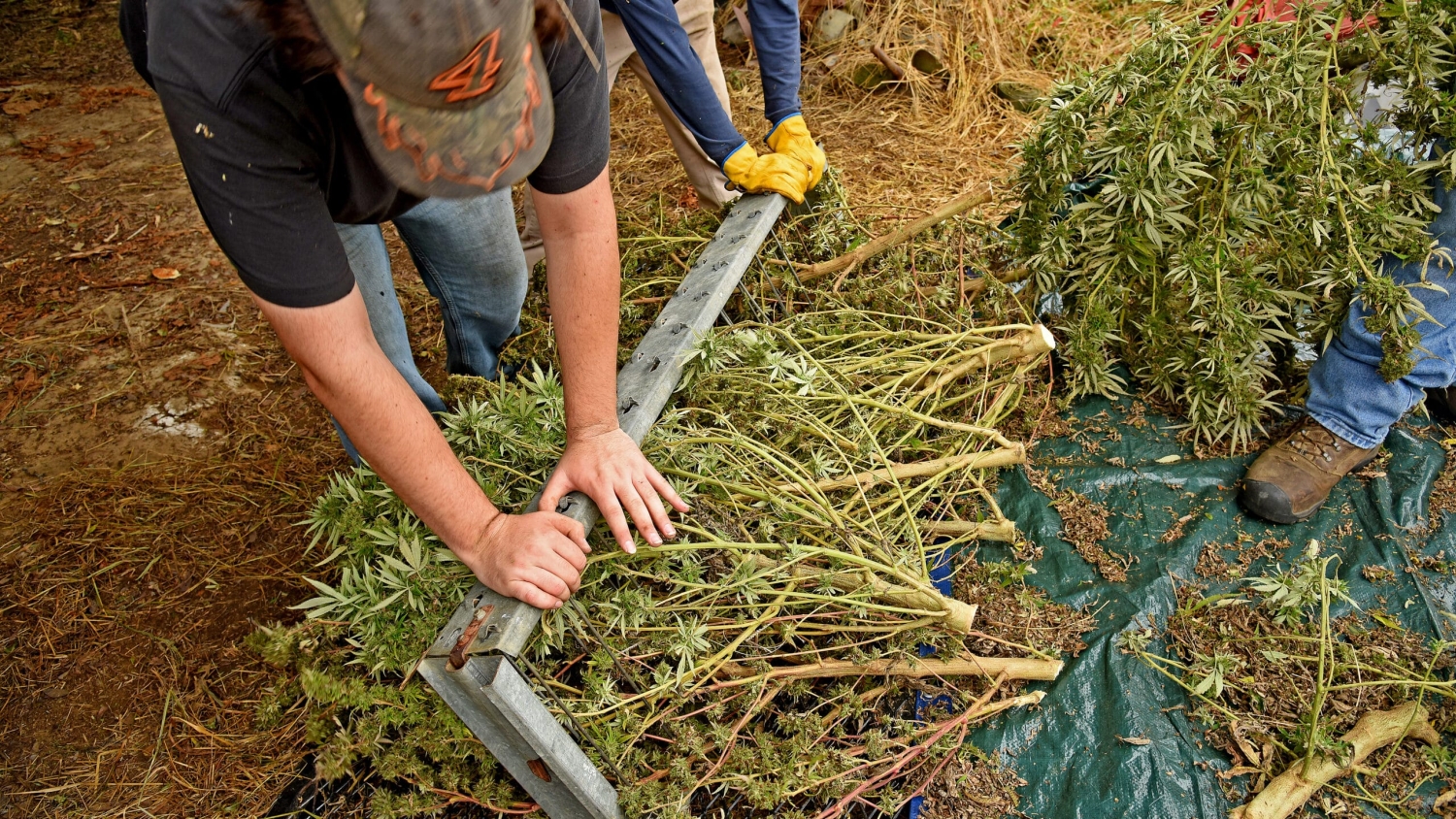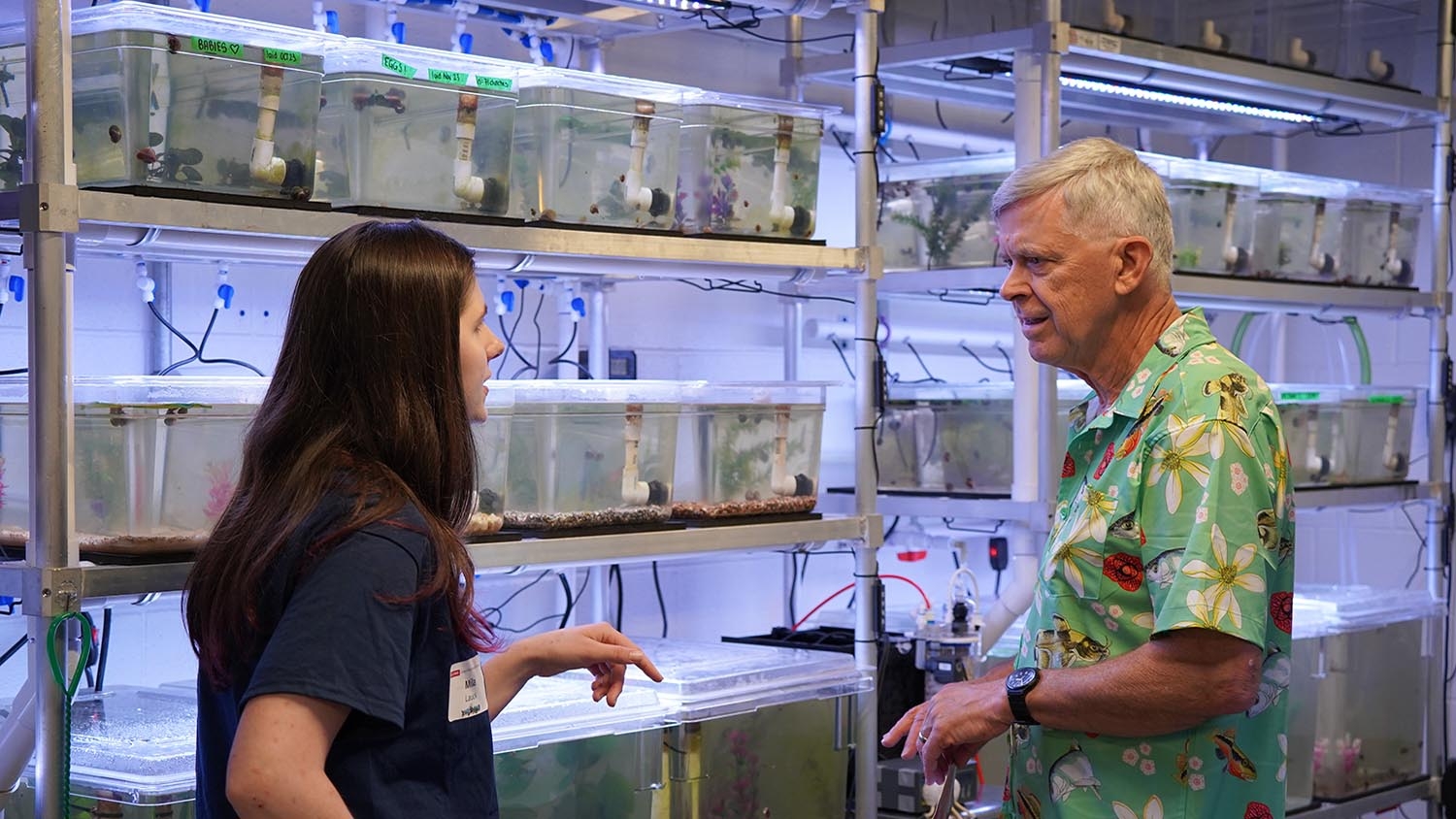High Genetic Diversity of Commercial Honey Bees Is Also Uniformly Distributed

There’s mixed news when it comes to the genetic makeup of commercial honey bee colonies. Researchers and NC State found that the genetic diversity of hundreds of commercial honey bees is high, and that their genetics are largely the same highly diverse set, with no regional subpopulations.
Commercial honey bees have a significant amount of work travel in their lives. Hives are regularly transported to seasonal growing areas across the country, pollinating over 100 different kinds of commercial crops. This means that the bees who pollinated the apples in North Carolina may head out west to pollinate Californian almond trees in the same year.
The role these commuting hives play in our daily lives cannot be understated. According to the USDA, one third of all food Americans eat comes from pollinated crops. Keeping hives healthy is not only critical to the bees themselves but also to the health of our dinner tables. One way to assess the long-term health outlook for honey bees is to examine their overall genetic diversity, with high genetic diversity being most favorable to adapt to change.
The NC State Apiculture Program was uniquely posed to answer this call – with a cache of genetic datasets representing 212 colonies from across the country. Each dataset contained the genotype of hive worker bees, which allowed researchers to infer the genotype of each queen mother and the drone they had mated with to produce that worker. These data also included genotyped workers from 17 unmanaged “Africanized” colonies, representing hives with the highest genetic diversity – a handy comparison for the rest of the commercial population. Researchers used these data to compare how related the reproductives (queens and drones) were to each other, which would reveal any population-wide reproductive bottlenecks and low genetic diversity.
“These data are unique because we are inferring genotypes of the breeding stock rather than directly sampling bees,” says David Tarpy, an applied ecologist at NC State and lead author of the study. “This enabled us to thoroughly dive into the genetic makeup within and across colonies.”
Researchers found that the genetic makeup of unmanaged colonies was genetically diverse and significantly different from the makeup of managed colonies – which was expected. Managed colonies procure queen mothers from commercial breeders, whereas queens in unmanaged colonies are forged in the crucible of nature. This commercial procurement of queen mothers also explains another result, in that the genetic makeup of managed colonies was not significantly different and showed some levels of inbreeding.
However, what was unexpected was the high level of genetic diversity in the somewhat inbred managed colonies.
Depending on how you look at it, this is either good news or bad news for managed colonies. Managed colonies across the nation essentially have a highly diverse genetic makeup. And while the diversity of that national genetic makeup is high (good!), there is no evidence for regionally adapted colonies. Environmental changes happen regionally, so a savvy beekeeper would prefer to have bees that have a good genetic footing to respond to changes specific to that region. For example, a North Carolinian beekeeper may prefer bees that can cope with prolonged high humidity, but this would be less important to a beekeeper in North Dakota.
“Beekeepers want regional stocks,” says Tarpy. “It would be worthwhile to have closed breeding populations that are more locally adaptive, so that colonies are better able to respond to regional changes.”
This research highlights one of the many complex challenges facing commercial beekeepers. While genetic diversity is high, the lack of region-specific genetic makeups could make commercial colonies less flexible to future, regional environmental changes. This research also highlights the importance of genetic assessments and their utility in preparing hives for a future world.
The paper, “Meta-analysis of genetic diversity and intercolony relatedness among reproductives in commercial honey bee populations” is published in Frontiers in Insect Science. The paper was co-authored by Joel Caren from the USDA and Deborah Delaney from the University of Delaware. This study was funded by USDA grant NC09750 and a grant from the NC Department of Agriculture & Consumer Services.


